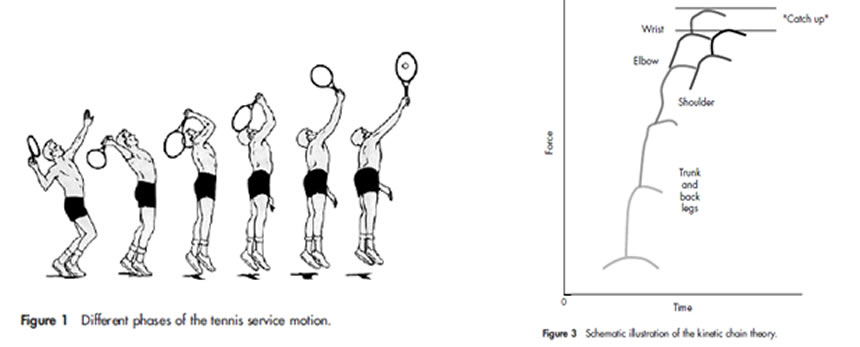'Core Stability'
The phrase "core stability" is commonly quoted and talked about, and recognised as an important aspect of physical performance and injury prevention. However it is often misinterpreted. It isn't clear to the common person, and sometimes practitioners, what actually defines the "core" in an anatomical or conceptual sense. Clinical assessment and rehabilitation of this aspect of performance still does not have a large body of good evidence, but this is slowly being developed.
'Core Stability' is defined by Kibler, a prominent researcher from the US, as the 'ability to control the position of the trunk over the pelvis to allow optimum production, transfer of force and motion to the end segment in athletic activities.'
Translated, this means that the spine is used as a connection between segments of the body. Notice, however, that the definition refers to 'force production' and 'motion' of the core. This is an important concept in clinical practice, that often is overlooked in physical assessment and rehab.
Kinetic Chain
The concept of the kinetic chain is that force is built up and transmitted through successive and sequential use of body segments. There is a great schematic from van der Hoeven and Kibler (BJSM, 2006) illustrating this concept (figure 1 and 3).

The core is integral for producing force in athletic movements. In a 2012 study by The University of Western Australia and Tennis Australia, it was found that 'the vertical drive of the hitting shoulder was strongly associated with drive from both the trunk and lower limbs.
Additionally, if the trunk is not strong enough, the force produced from the lower limbs is not able to be transmitted to the swinging arm.
To use examples, I have used a typically slow server, Nadal, compared to two of the fastest servers, Roddick and Karlovic (note that Karlovic is also 6 ft 10).

Nadal's trunk, in the 3rd frame at ball contact, is angled off to his right, and force chain cannot be drawn as a straight line from the back power leg to the arm. He also doesn't transmit leg drive upwards; his head height does not rise significantly in this picture.
Notice the change of the height of the head of Karlovic, compared to Nadal, and his full body extension. This is good use of the trunk and 'core stability' concepts of force transmission and production. A perfectly straight line of kinetic force can be drawn from the back power leg to the racquet itself.
Technique is a significant aspect of improving, as well as isolated core strengthening. Personally, and as a previous tennis coach, I have found study into biomechanics very useful for my personal tennis game, and most definitely with educating patients on throwing and serving techniques.
Sportsmed Biologic offer core strengthening / pilates programs designed for your specific sport as well as injury rehabilitation. Appointments can be made by calling 1300 858 860 or emailing info@sportsmedbiologic.com.au.